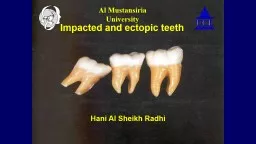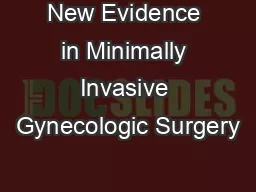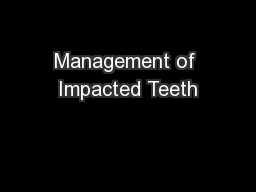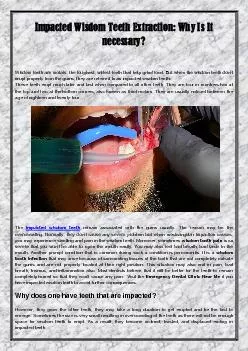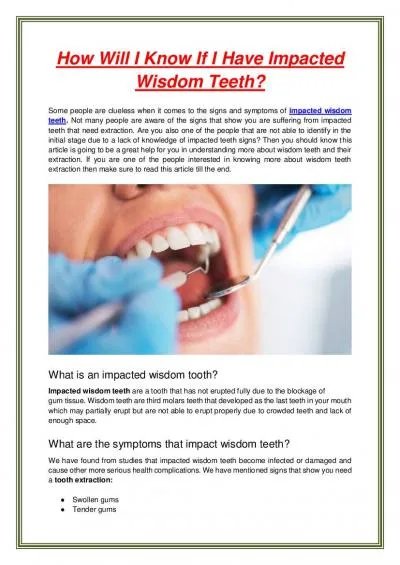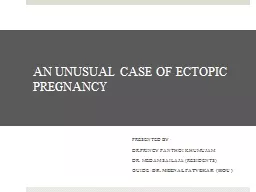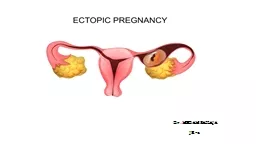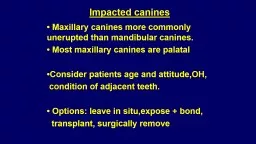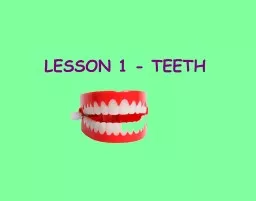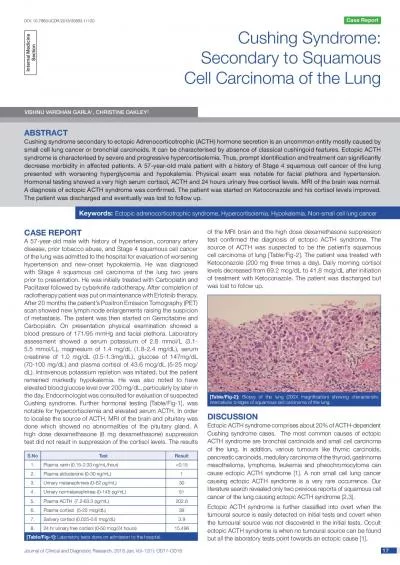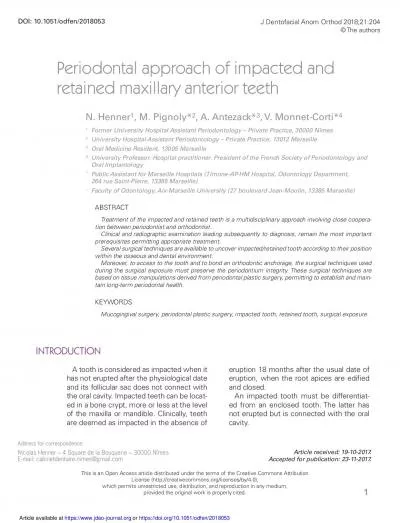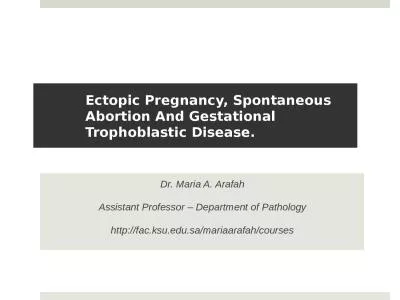PPT-Impacted and ectopic teeth
Author : stylerson | Published Date : 2020-06-16
Hani Al Sheikh Radhi Al Mustansiria University Impacted Wisdom Teeth Aims To enable diagnosis assessment and management of impacted teeth Objectives Learn causes
Presentation Embed Code
Download Presentation
Download Presentation The PPT/PDF document "Impacted and ectopic teeth" is the property of its rightful owner. Permission is granted to download and print the materials on this website for personal, non-commercial use only, and to display it on your personal computer provided you do not modify the materials and that you retain all copyright notices contained in the materials. By downloading content from our website, you accept the terms of this agreement.
Impacted and ectopic teeth: Transcript
Download Rules Of Document
"Impacted and ectopic teeth"The content belongs to its owner. You may download and print it for personal use, without modification, and keep all copyright notices. By downloading, you agree to these terms.
Related Documents

